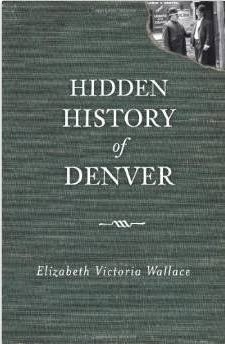
The Domesday Book reports that in 1086, Dedham had a population of over two hundred people and various livestock. The book was prepared by William the Conqueror after his invasion of England in 1066. His scribes were sent into the countryside to assess the population and livestock of each village so a tax could be levied against all the wealth in the land. So feared were the Britons of this inventory, they named the book after God’s final Day of Judgment.
Dedham is a delightful village. The name probably originated from the Saxon, Dydda’s Ham or possibly the name of an original family called Dydda. Dedham lay on a main road later to be known as The King’s Highway that linked Colchester and Ipswich. There are three ancient tracks in the village: Pound Lane, Manningtree Path and Pig Lane. Later, Pig Lane would become East Lane during the reign of Queen Victoria.
The Sherman family of Dedham, Essex, is located across the road from St. Mary the Virgin church. The Sherman’s were an influential family in the area and when at least six members of the family immigrated to America (1633-1640) they became the co-founders of Rhode Island, signatories of the Declaration of Independence, as well as becoming other notable dignitaries. Note the Freemasonry sign in the apex of the roof. (Extraordinary Places…Close to London. Page 22.)
Evidence of the importance of the Sherman family can be seen in St. Mary the Virgin church. There are pews in their name and also a tiny section of stained glass bearing the initials E.S. (Edmund Sherman). This is the last remnant of what must have been a beautiful stained glass window before Cromwell’s men let loose their cannons. They destroyed all that was beautiful in the churches of England preferring a more somber place of worship rather than the extravagant royalist’s way of life.





